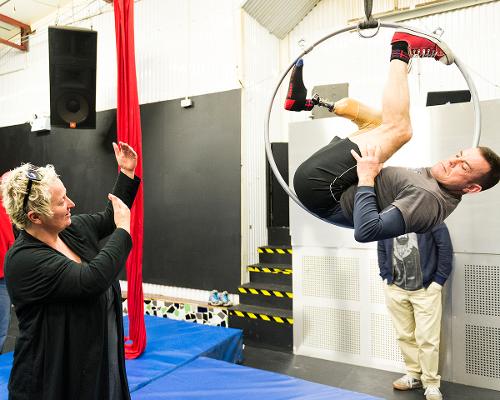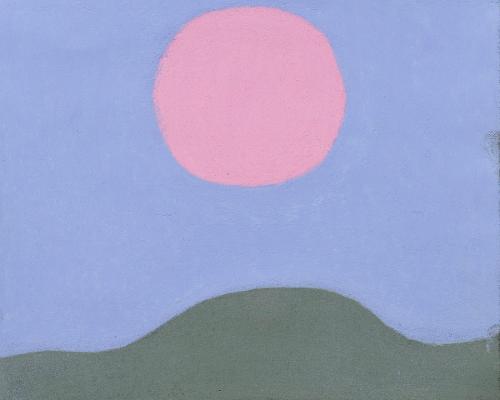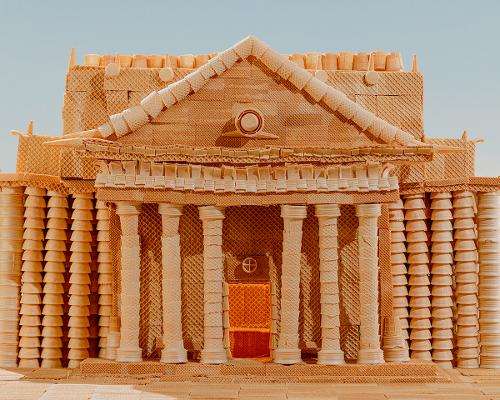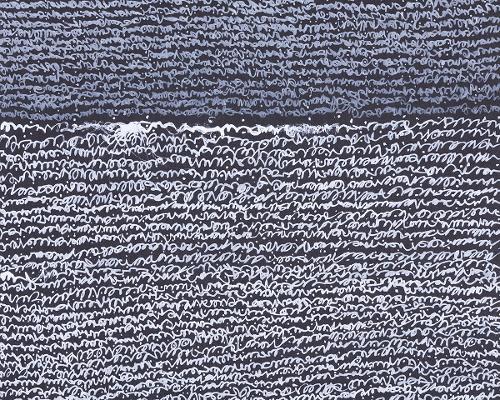Vast spaces/Uneven terrain: Interpreting the politics of space from a place of impairment
In a sparse gallery space, a detached hydraulic door closer lies splayed on a white panel. This unassuming readymade by Belgian artist Steve Van den Bosch provides a subtle topographical deviation on the dull cement floor. Titled Assistant (2021), the closer was relocated from the gallery director’s office for the duration of Round About or Inside (30 September 2021 – 20 November 2021) at Griffith University Art Museum, Brisbane. Appropriately placed on the ground—the anti-art/anti-functional gesture par excellence—the artwork suffices as a miniature monument to technologies of access, reflecting on how we move through spaces and what mechanisms exist to ensure our safe and comfortable journey, to welcome us, or to deny us entry.












